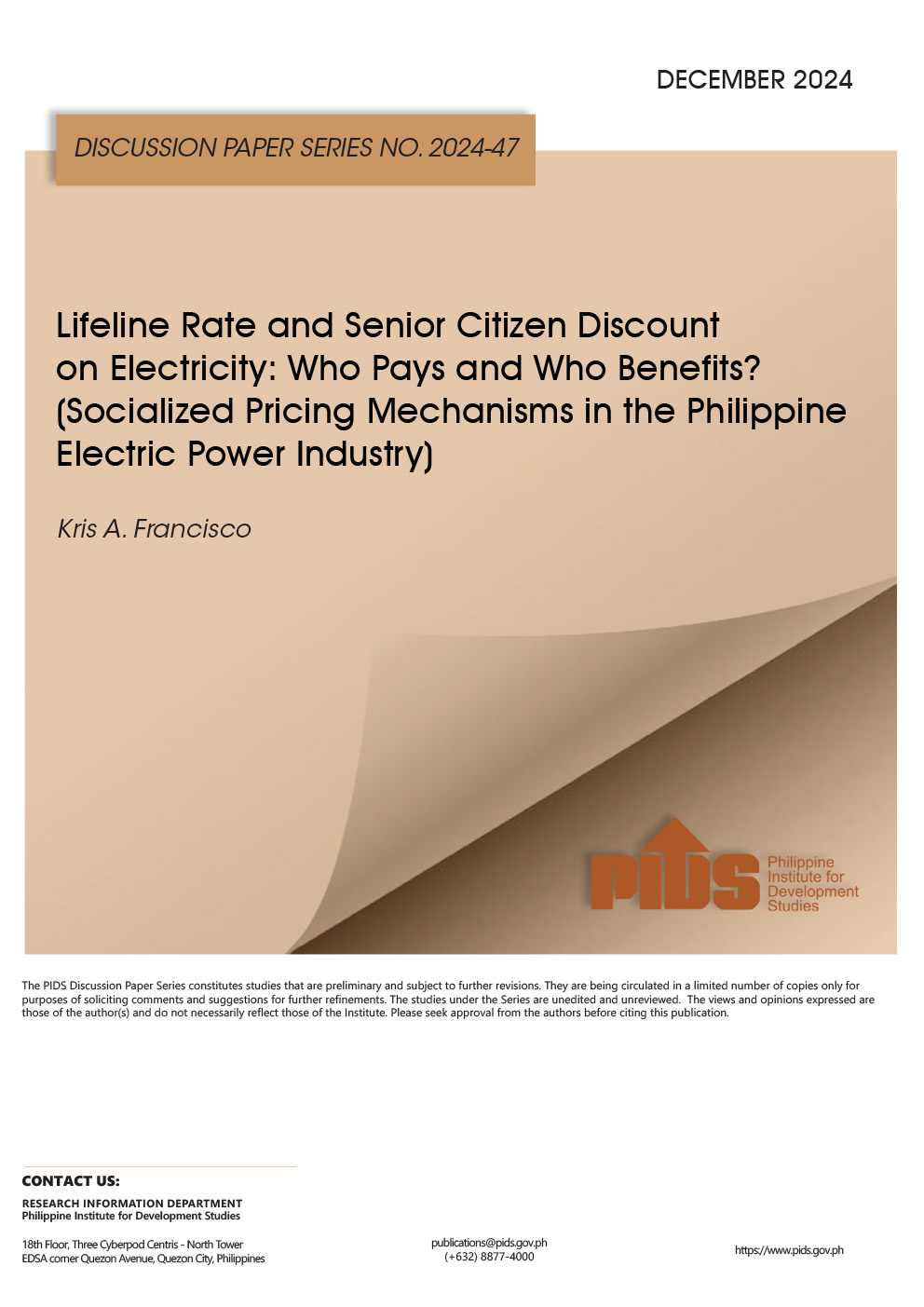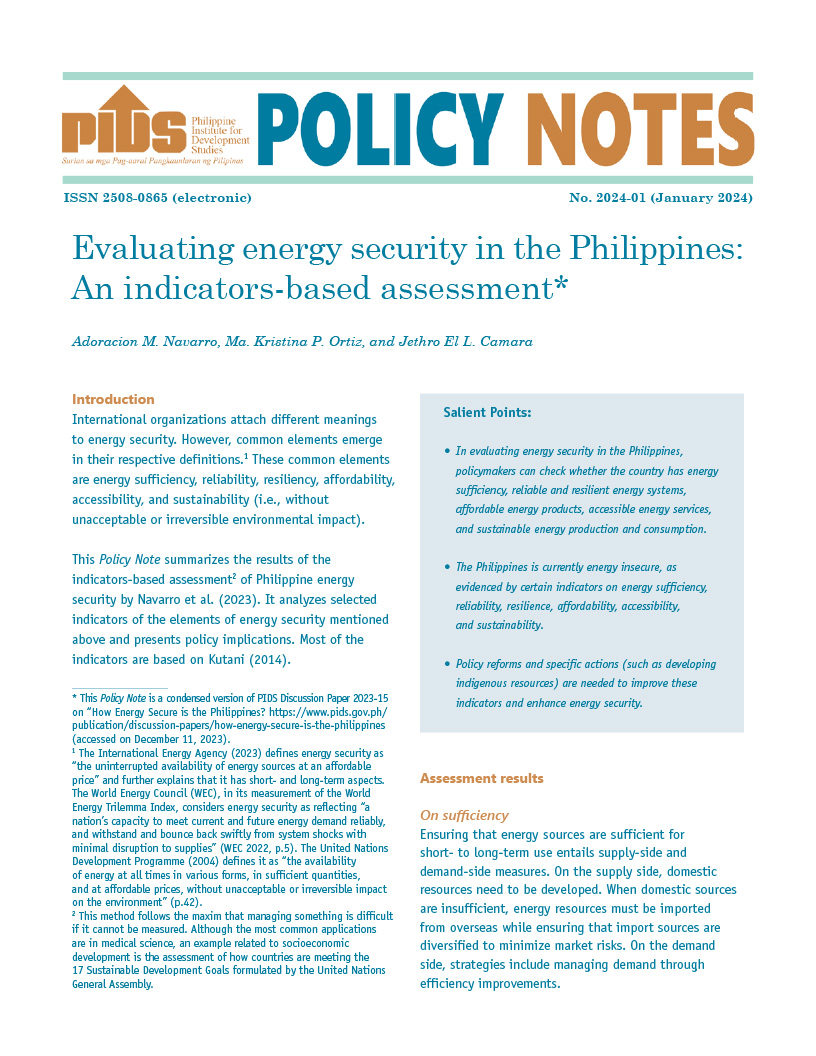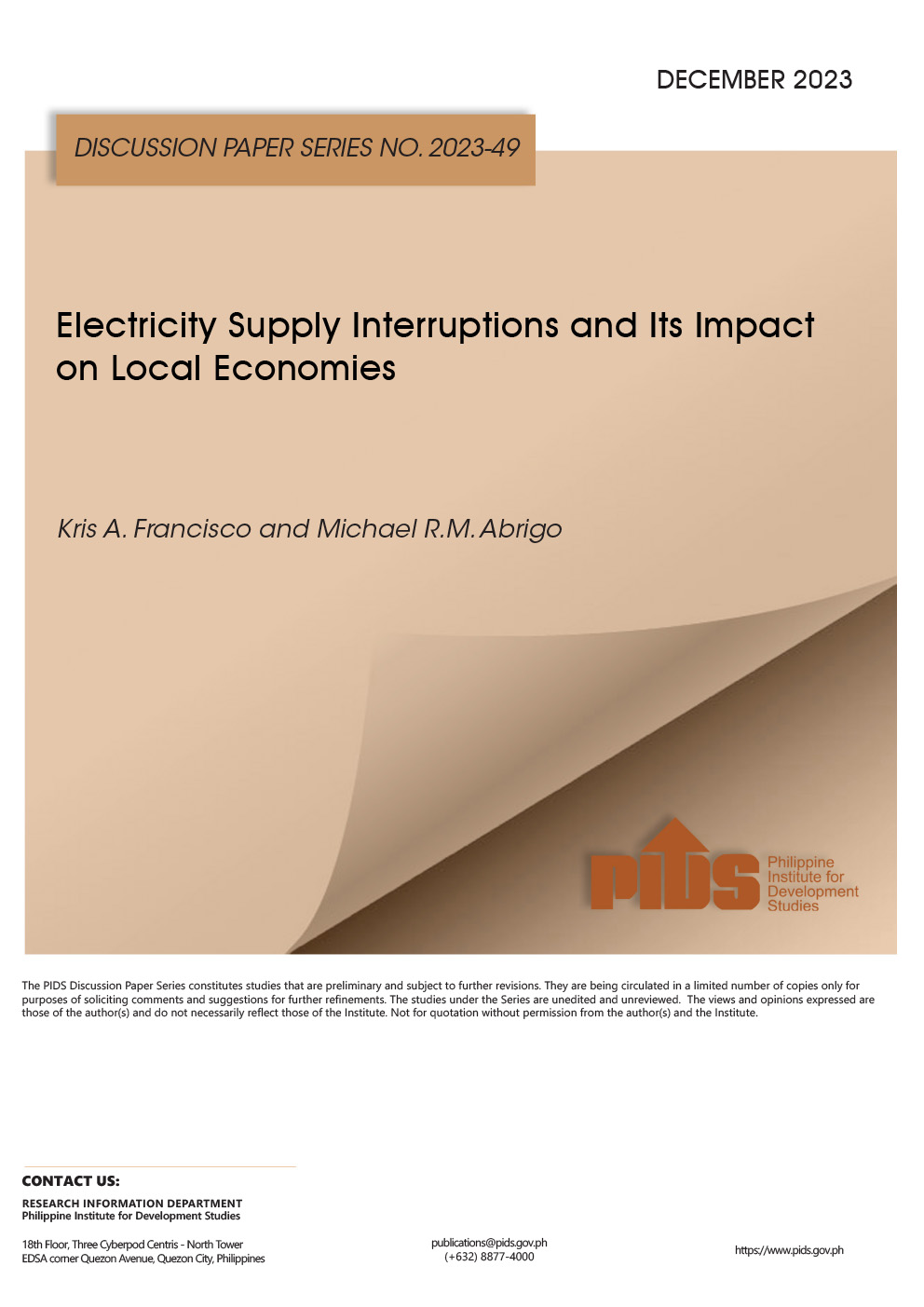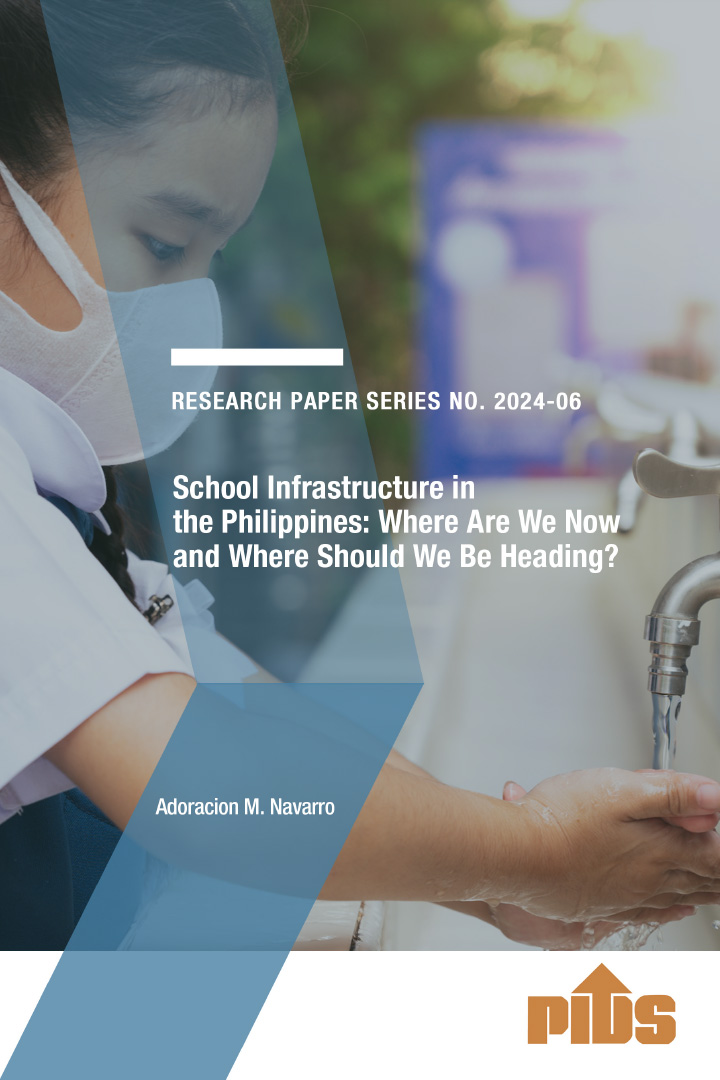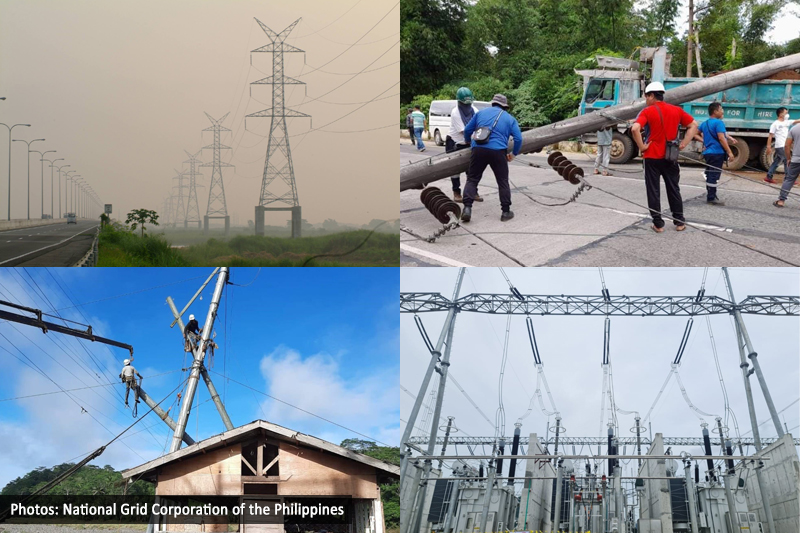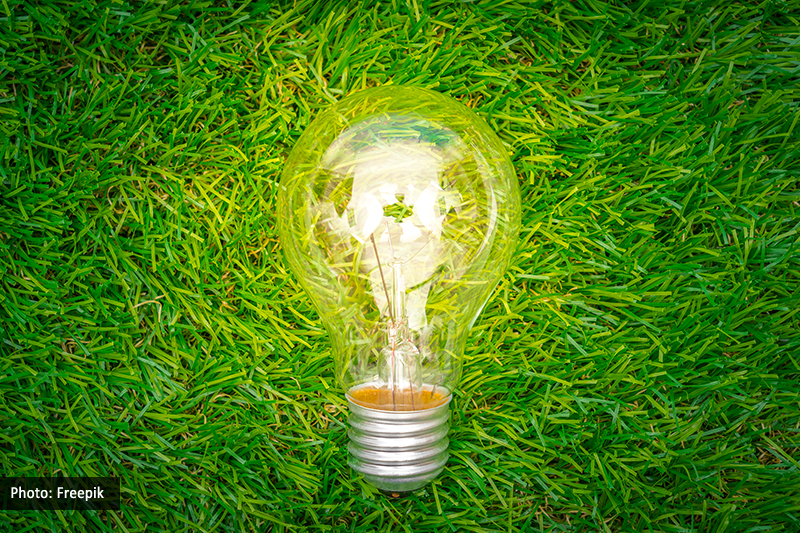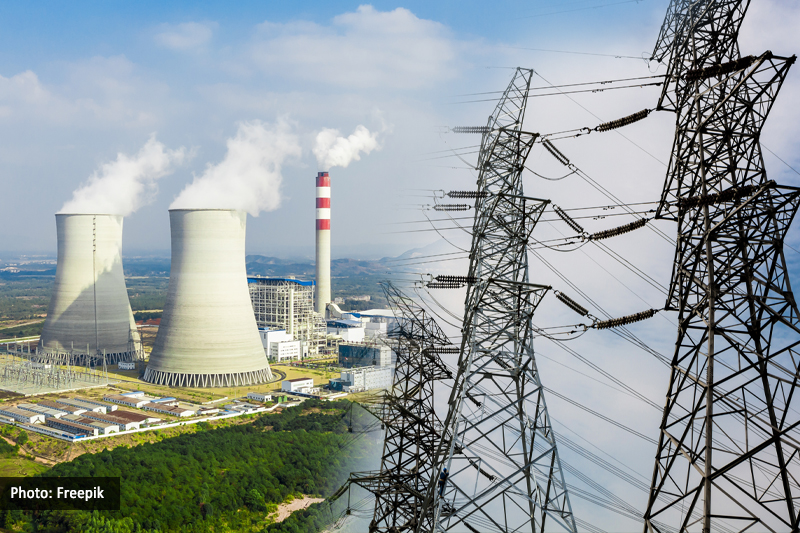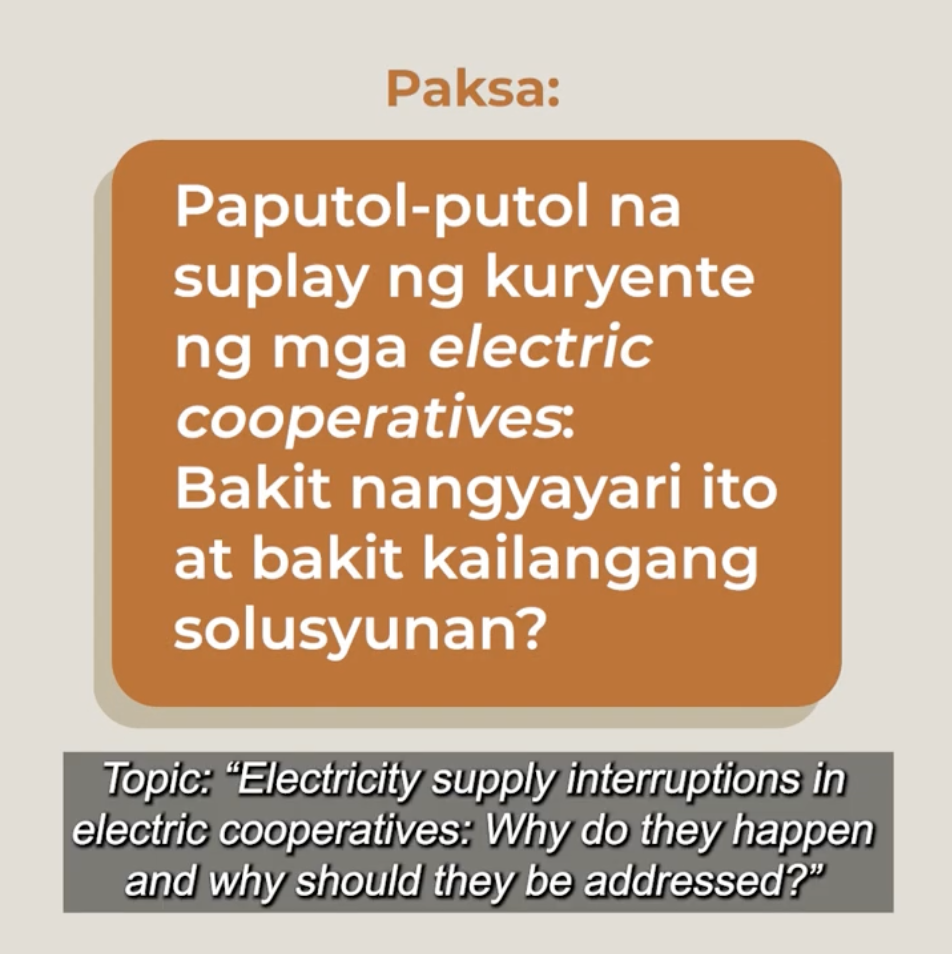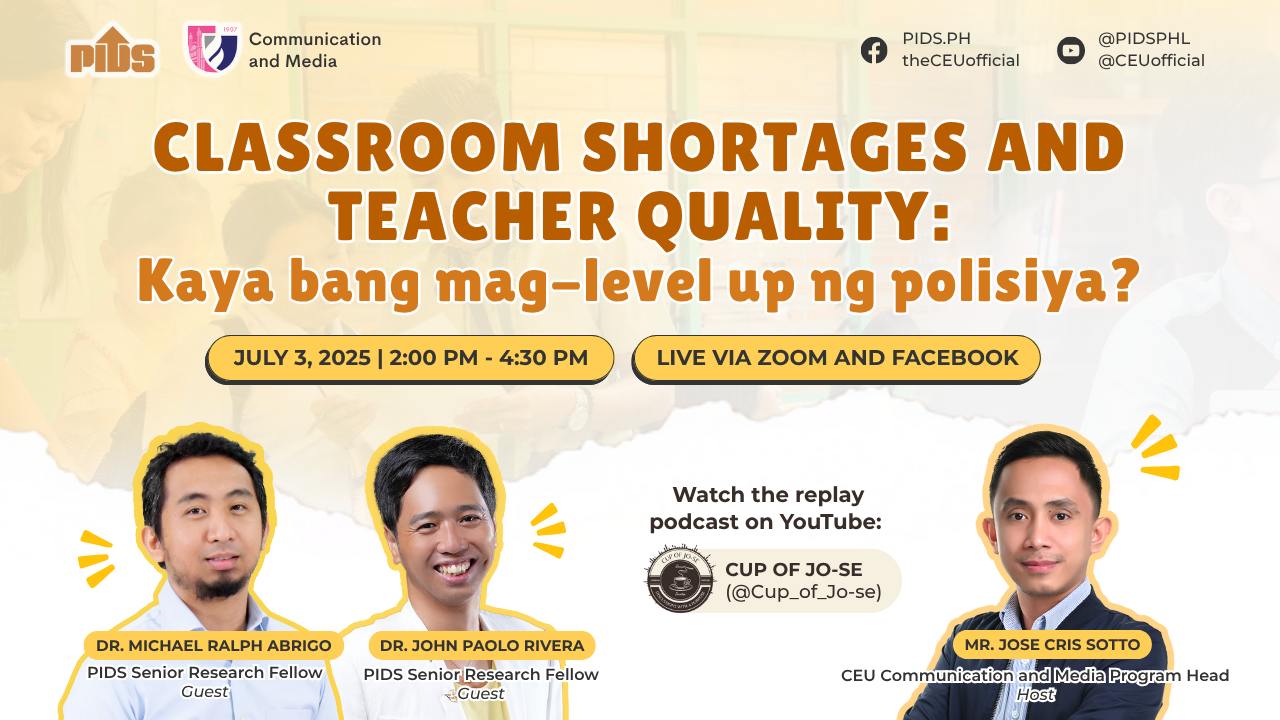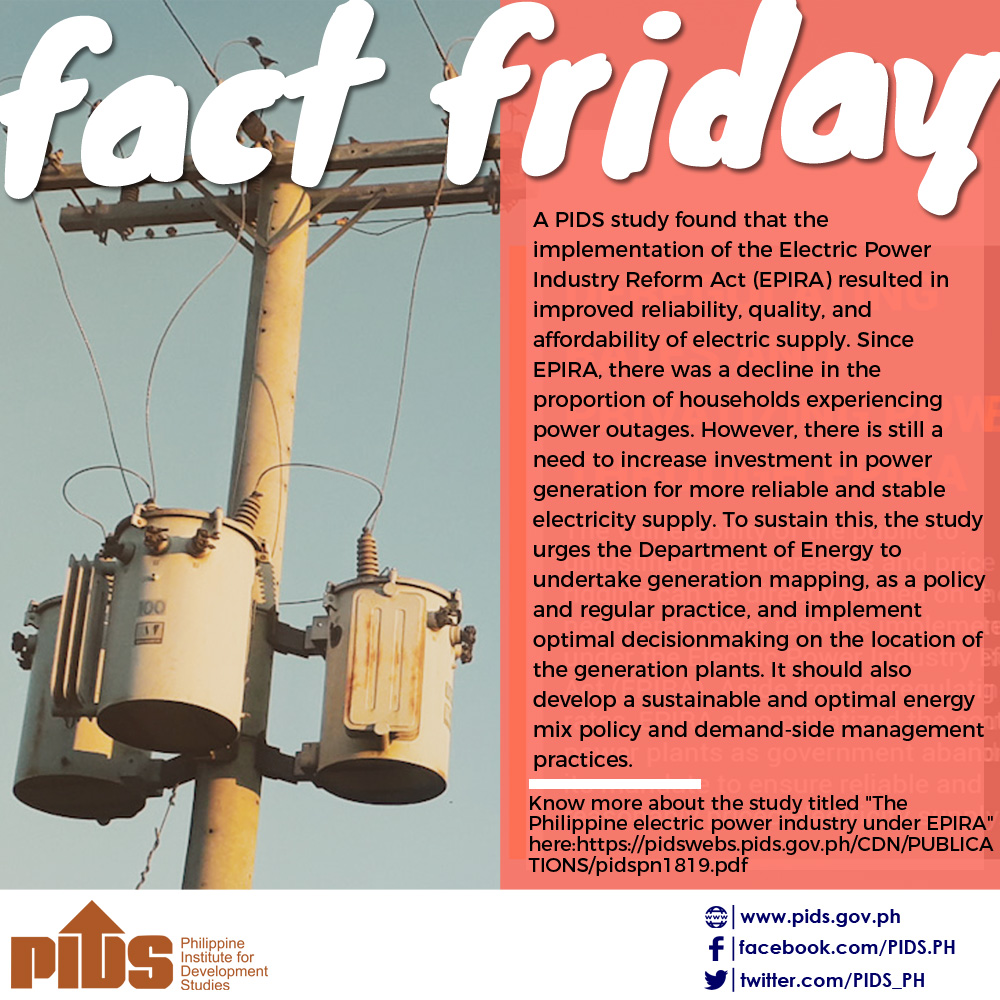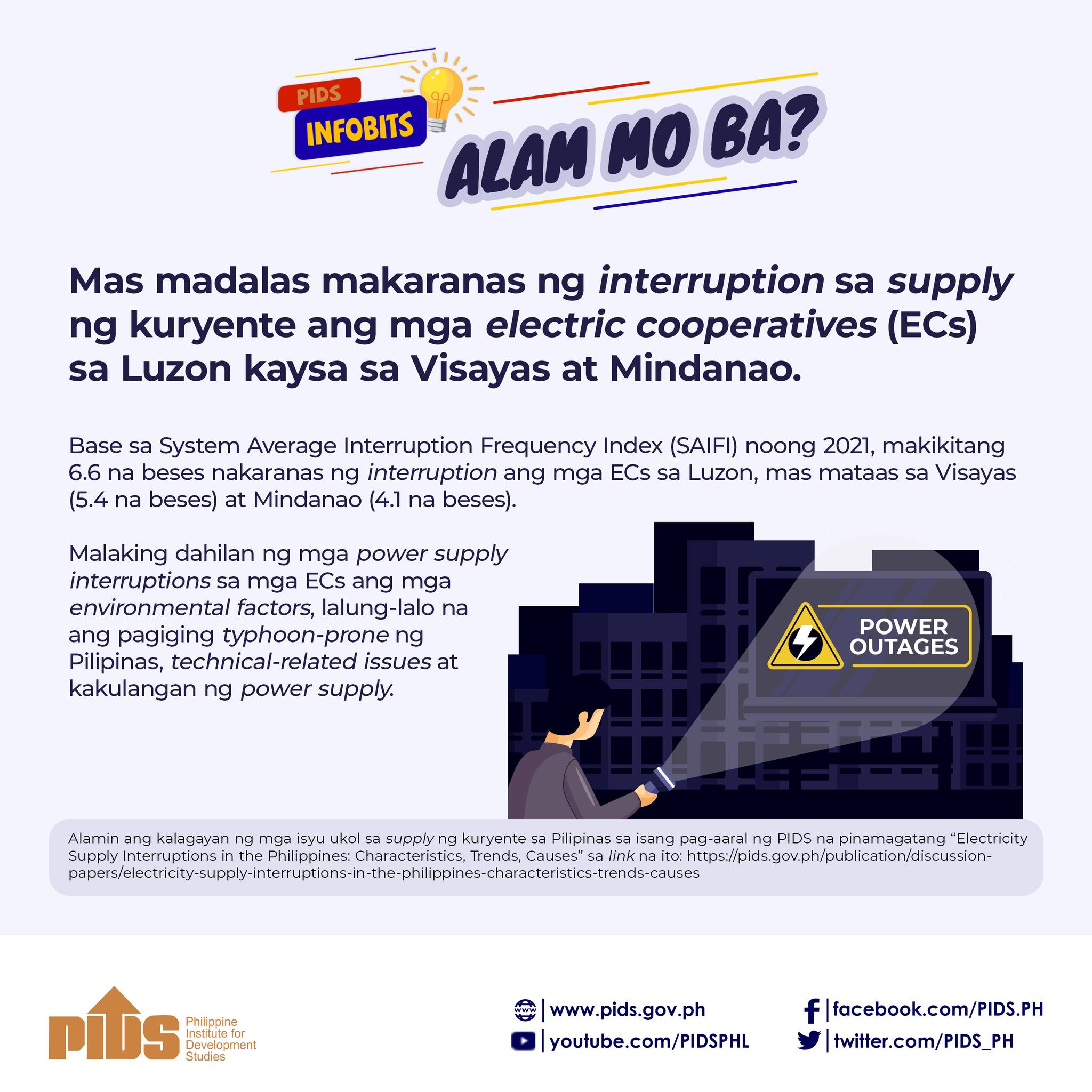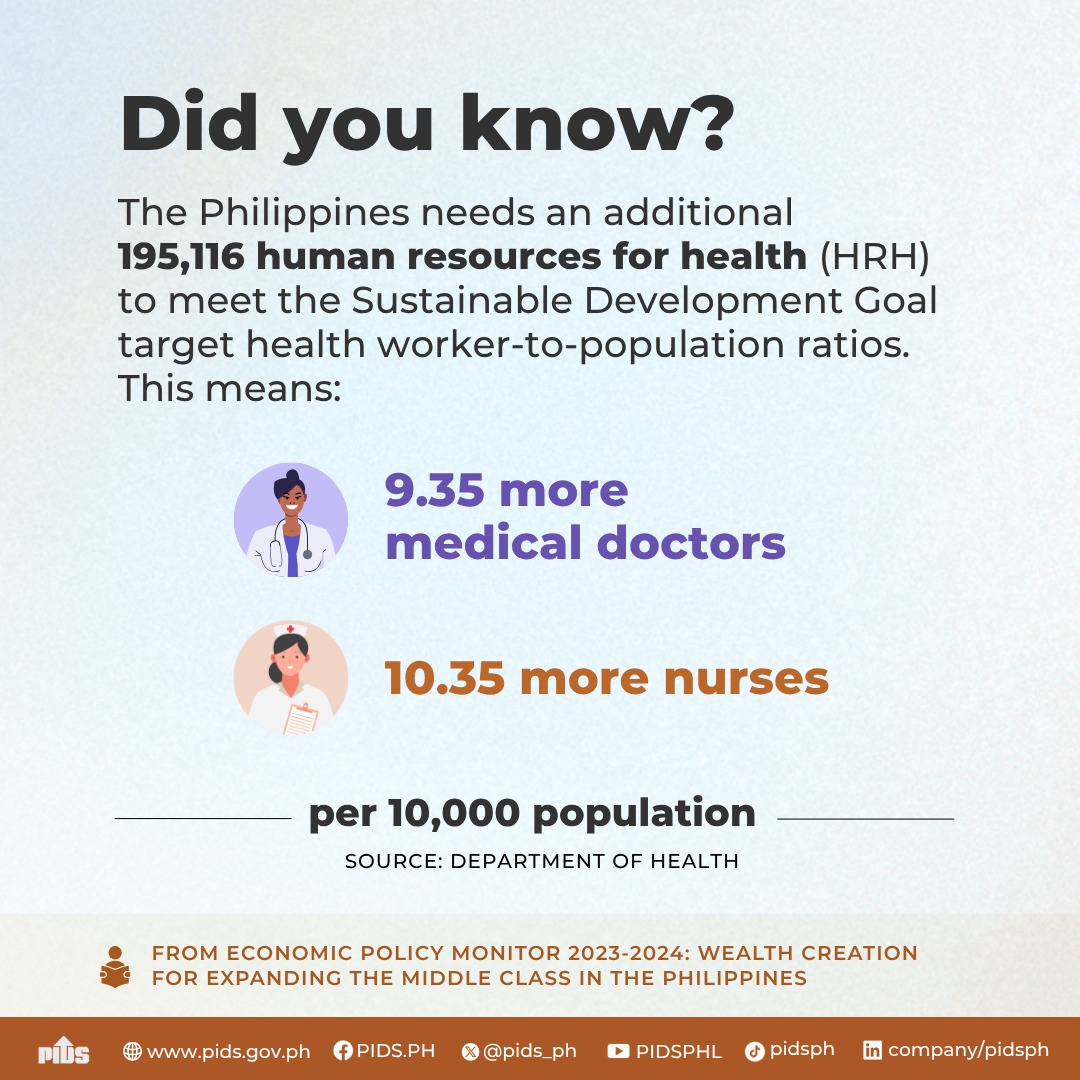Socialized pricing mechanisms are common in utility services like electricity because these services are critical for daily activities and are therefore considered vital for economic growth. The aim of such mechanisms is to redistribute financial resources from well-off to marginalized consumers. This approach is seen as a way to improve the availability and affordability of essential services, thus enhancing overall social welfare. However, while the rationale for socialized pricing mechanisms is widely accepted, discussions related to funding have induced much debate. Some studies have found that subsidies for electricity end up benefiting middle-income and high-income households instead of the poor, exposing possible targeting issues (Mayer et al. 2015, Trimble et al. 2011, Komives et al. 2009). Motivated by these discussions, this study examines two currently implemented socialized pricing mechanisms in the Philippine Electric Power Industry, namely: (1) the lifeline rate and (2) the senior citizen rate. The analysis employed data from the Household Energy Consumption Survey and the Family Income and Expenditure Survey, which showed that the rules for availing of the discounts are prone to leakages, favoring electricity consumers who can afford to pay their electricity consumption at full price. Some recommendations for addressing implementation issues are presented in this paper.
Comments on this paper are welcome within 60 days from the date of posting. Email publications@pids.gov.ph.
Citations
This publication has been cited 1 time
- Kritz, Ben. 2025. The electricity rate subsidy system is broken. Manila Times.

